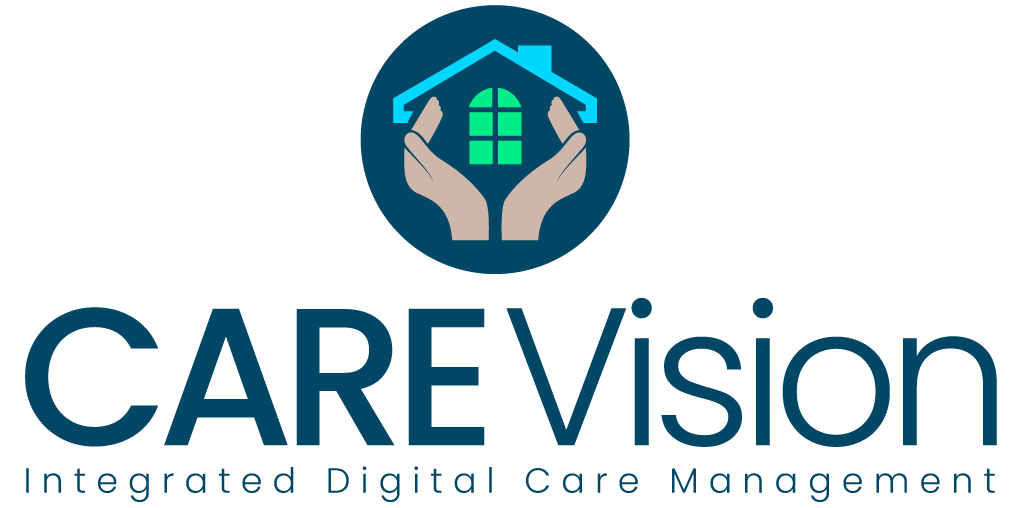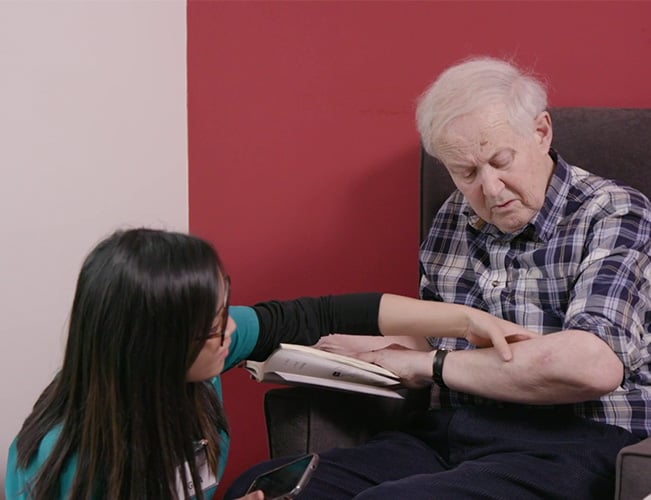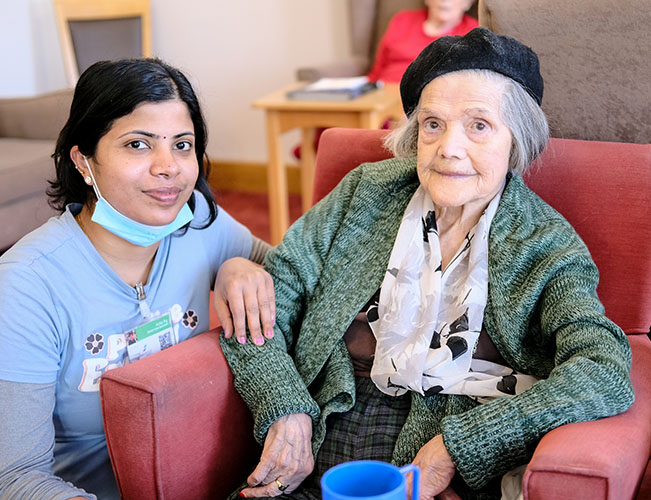
Menu
Close
- Home
- E-Mar
- Care Solutions
- Weight Loss Analysis
- 1:1 Observation
- Reporting and Analytics
- Professional Notes
- Fluid and Nutrition Monitoring
- Icon Driven
- Pre-Admission Assessment
- Service User Filing Cabinet
- QR Code Scanning
- Body Maps
- Service User of the Day
- Effective Handover
- Group Activities
- Hospital Transfer Summary
- Offline Access
- Planned Care Routine
- Chef
- Family
- NEWS2 Chart
- Nutrition
- Accident \ Incidents Trends
- Post-Fall Observation
- Activities
- Dependency Assessment
- Outcomes and Milestones
- Admin Solutions
- Accounts
- Admin
- Clocking in
- Housekeeping
- HR
- Rota
- Visitors Book
- Annual Leave Calculator
- Training Matrix
- Nurse Call
- Staff Reporting
- Policies, Procedure and E-Filing
- Message Centre
- Asset Management
- Staff App
- Billing
- Speech to Text
- Staff Roles and Permissions
- Staff Supervision & Appraisals
- Device Management
- Document Expiry Management
- Feedback and Survey Module
- IP Address Whitelist
- Live Chat Support
- Maintenance
- Memos, Meetings, and Minutes
- Online Training and Tutorial Videos
- Cloud Based Security
- Care Planning
- Audit
- Who We Work With
- Contact
- Home
- E-Mar
- Care Solutions
- Weight Loss Analysis
- 1:1 Observation
- Reporting and Analytics
- Professional Notes
- Fluid and Nutrition Monitoring
- Icon Driven
- Pre-Admission Assessment
- Service User Filing Cabinet
- QR Code Scanning
- Body Maps
- Service User of the Day
- Effective Handover
- Group Activities
- Hospital Transfer Summary
- Offline Access
- Planned Care Routine
- Chef
- Family
- NEWS2 Chart
- Nutrition
- Accident \ Incidents Trends
- Post-Fall Observation
- Activities
- Dependency Assessment
- Outcomes and Milestones
- Admin Solutions
- Accounts
- Admin
- Clocking in
- Housekeeping
- HR
- Rota
- Visitors Book
- Annual Leave Calculator
- Training Matrix
- Nurse Call
- Staff Reporting
- Policies, Procedure and E-Filing
- Message Centre
- Asset Management
- Staff App
- Billing
- Speech to Text
- Staff Roles and Permissions
- Staff Supervision & Appraisals
- Device Management
- Document Expiry Management
- Feedback and Survey Module
- IP Address Whitelist
- Live Chat Support
- Maintenance
- Memos, Meetings, and Minutes
- Online Training and Tutorial Videos
- Cloud Based Security
- Care Planning
- Audit
- Who We Work With
- Contact
Post-Fall Observation
Necessary Post-Fall Observations
Post-fall observations ensure that when a resident experiences a fall, the necessary report details are added to our care system immediately. This provides valuable information about the causes of the fall and ways to help prevent it from happening again. Carers can also check any worrying symptoms that may appear in residents after a fall and put plans in place to prevent any long-term issues.

Attendance tracking software
In pre-digital days, care home staff routinely used manual clock-in systems and signing in sheets to record their comings and goings. Not only was this cumbersome and time consuming, it was also open to abuse and misunderstandings. Switching to a digital clocking in system removes the ambiguity and produces an accurate, central record for attendance management, payroll and security functions. Using attendance tracking software also helps people to analyse patterns in staff movements and timings of shifts. This enables more effective planning to be put in place and helps management to spot any problems or concerns before they become more serious.
Facial recognition software for clocking in
Our attendance tracking and clocking-in software uses the latest in facial recognition software to record staff movement at the start and end of shifts. This limits physical contact with the clocking-in device to aid hygiene management and eliminate cross infection. It also does away with the need for staff to keep electronic fobs on them at all times that can be lost or stolen. The tracking software also links directly to HR functionality that monitors attendance, breaktimes, sickness and lateness. The facial recognition software for staff clocking in works separately to visitor entry procedures, making the process quick and easy.

Falls Prevention
An in-built falls matrix gives insight into patterns of falls, including their timing, causes, effects and location throughout the care facility. This encourages the analysis of fall risks and allows the quick implementation of any improvements. As each resident’s care plan is designed to reflect specific risk factors, this may help prevent falls for other people in a similar position too.
Key Benefits
Check service users regularly for any concerning symptoms.
Automatic reminders set to monitor residents after a fall
Keep evidence of the resident’s health and wellbeing after a fall.
Create the necessary post-falls observations easily and automatically.
FAQ’s Section
01How do you assess a resident, post-fall?
The process involves several steps, as follows:
- Evaluate the existing risk of falling and take precautions to protect the resident
- In the event of a fall, call for assistance and go to help the person straight away
- Identify all apparent injuries and seek medical advice.
- Don’t move your resident.
- Start first-aid procedure.
- Maintain ongoing monitoring and treatment as required
02What is a fall assessment?
You can use fall risk information to evaluate whether a resident has a low, moderate or high risk of falling in your care home. Carers can use the results of a fall assessment to suggest fall prevention methods, if the analysis reveals that the resident is at an increased risk.
03What are three types of falls?
There are three main types of falls that a care home resident can be subject to. These are:
- Physiological (anticipated).
- Physiological (unanticipated).
- Accidental.
04What happens to your body after a fall?
Falls can result in painful injuries, such as fractures of the wrist, arm, ankle or hip. They can also cause more serious injuries to the head, which can lead to concussion, loss of memory and other concerning problems. Fall injuries can be even more serious if a person is taking certain medications (like blood thinners) that could affect their long-term recovery.
05What to look for after an older person falls?
Things a carer should look out for after an older person falls include:
- Changes in behavior, memory or concentration
- Signs of pain, broken bones or strained muscles or joints
- Signs that any underlying disease has been exacerbated by the fall
- Changes in blood pressure and pulse
- Loss of confidence or altered moods
- Problems with balance and gait.
